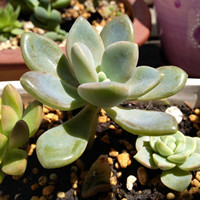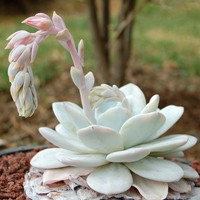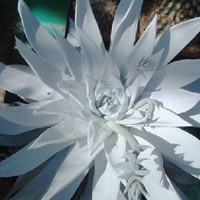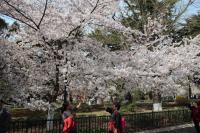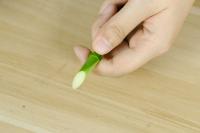How to breed Jerusalem artichoke
Weeding
Weeding can reduce the competition between other plants and Jerusalem artichoke for nutrients, especially after the emergence of Jerusalem artichoke, it is necessary to supplement the seedlings in time and weeding. Loosen the soil within a certain range of 30-40 days after sowing. Weeding to create good conditions for tuber growth and development
Fertilization
Jerusalem artichoke itself has low requirements for soil and fertilizer, so it is OK not to apply fertilizer after growing. In the growth period of Jerusalem artichoke, fertilizer should be applied twice: the first time is around late May, urea is applied to promote the seedling to be strong and produce more new branches; For the second time, at the early stage of budding, potassium sulfate was applied and watered after chasing

Soil cultivation
After the emergence of seedlings in spring or after rain, soil should be cultivated and weeds should be weeded in time
Watering
Jerusalem artichoke needs watering in seedling stage, jointing stage, budding stage and tuber expansion stage. Generally, it can be watered once in mid April, once in late May, once in mid August and once in mid October to promote tuber expansion. As long as there is no serious drought in the normal year of precipitation in the central semi-arid area, there is no need to water. If it is very dry in summer and autumn, water once in the middle and late August

Picking buds
Jerusalem artichoke needs to remove flower buds during tuber growth and expansion, which can promote tuber expansion

 how many times do yo...
how many times do yo... how many planted tre...
how many planted tre...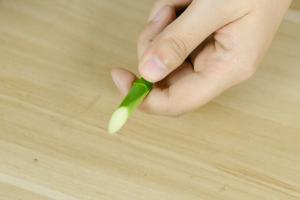 how many pine trees ...
how many pine trees ... how many pecan trees...
how many pecan trees... how many plants comp...
how many plants comp... how many plants can ...
how many plants can ... how many plants and ...
how many plants and ... how many pepper plan...
how many pepper plan...





















